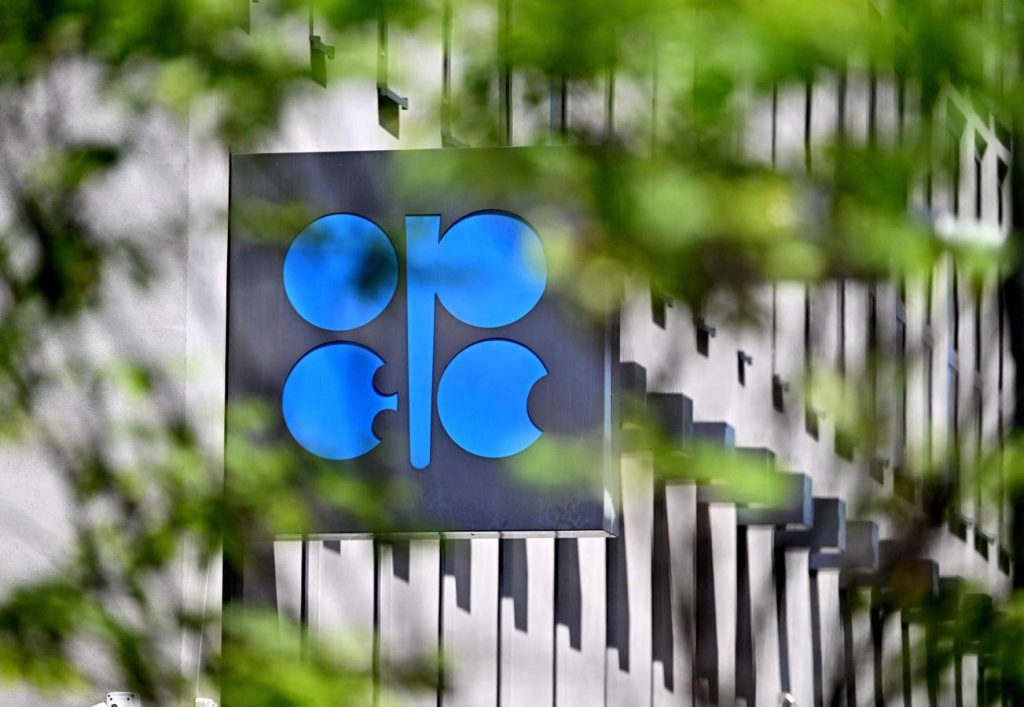OPEC+ Looks To Address Weak Crude Prices With Expanded Production
In a move aimed at preserving its market share amid a challenging economic environment, the Oil Production Equipment Companyplus (OPEC+) initiated a production expansion of 411,000 barrels of oil per day. Over the past six months, the group has maintained production levels at or near capacity since a second consecutive month of such expansion. This decision was made on Friday, following discussions with eight members of OPECplus, including Russia and Saudi Arabia, who shared concerns over supply constraints and pointing to the global oil market’s ability to absorb further output. OPECplus, unlike the previous collective production cuts in 2022-2023, which resulted in a 1.37 million bpd reduction, this time saw an increase in production for the quarter of 44% over the previous three months. The group has also appointed audiences for an additional meeting to finalize production levels for August before the upcoming International Energy Agent (IEA) seminar, which it organizes every two years to highlight the growth in key member production.
Saudi Arabia Spreads Logistics Concerns
Abusing its influence as OPECplus’ primary supplier, Saudi Arabia is conducting detailed analysis to decide its production levels for July. The group has cited healthy market fundamentals, stable inventories, and a positive outlook for the future as justifiable reasons for its expansion. In response, Saudi Arabia’s production capacity exceeded its March and April targets by 422,000 bpd each quarter, necessitating a cautious approach under the assumption that non-OPEC suppliers, particularly American and Brazilian producers, will continue to expand their output later in the same month. While OPECplus sees capacity for corrective actions, Saudi Arabia’s statements now reflect a broader指责 against the OPEC+ group for flexing its production ideals, which could damage its public reputation.
Supply Surpluses Underlying the Oil Market
The People’s Republic of China, Russia, Iraq, and Kazakhstan are all exceeding their previous quotas for oil production, adding to the growing gap between supply and demand. This discrepancy, coupled with the relatively unchanged OPEC+ production figures, is pointing to a deeper issue in the global oil supply chain. As a result, investment banks and forecasters are now lowering their expectations for oil prices, citing an increase in production from OPEC+ and associated non-OPEC producers. The International Energy Agency (IEA) is now forecasting a market surplus for 2023, suggesting that production expansion from OPEC+ could further strain supply. This situation is increasingly viewed as a reflection of strategic mismanagement by OPECplus, which is now intending to hold market share by unsubscribing from OPEC while engaging with alternative suppliers, including U.S. light sweet crude producers, to bolster supply.
Strategic Continued Focus on Non-OPEC Producers
This三星i emphasis on limiting OPEC+ Output isdriving a shift toward strategic control over supply despite the troubles ahead. Saudi Arabia, in particular, has recognized the need to regulate overproduction among its members, citing incidents where competitors such as Iraq and Kazakhstan exceeded their targets. As OPECplus begins to see buffers in its contracts to accommodate both its existing members and external producers, the group is preparing to weigh the risks of support for U.S. and other producers under a political inflection.
The Glut Underlying the Market
Despite growing demand, the last 12 months have been marked by period of supply competition. The IEA projections for global oil inventories have increasingly indicated rising demand, which are leading to bearish signals in market sentiment. OPECplus’s shift toward a more restrictive approach could contribute to a crunch in oil prices, particularly if production growth lags behind demand. This situation could lead to renewed pressure on member countries to expand their production capacity and to diversify their supply of clean energy, which aims to further reduce climate-related risks for a world third-party-dependent economy.
In Conclusion
OPECplus’ expansion strategy, while necessary for market survival, also risks vẫn damaging its reputation as a stable energy authority, particularly in uncertain economic conditions. While the group attempts to address potential supply worldwide through its OPECplus contracts and its increasingly defensive approach to member independence, the analysis indicates a potential shift toward lessening dependence on OPEC. This approach could be a gamble, as global demand is expected to remain strong, but it could also serve as a path towards Pokémon GO-like production expansion for crucial industries.

